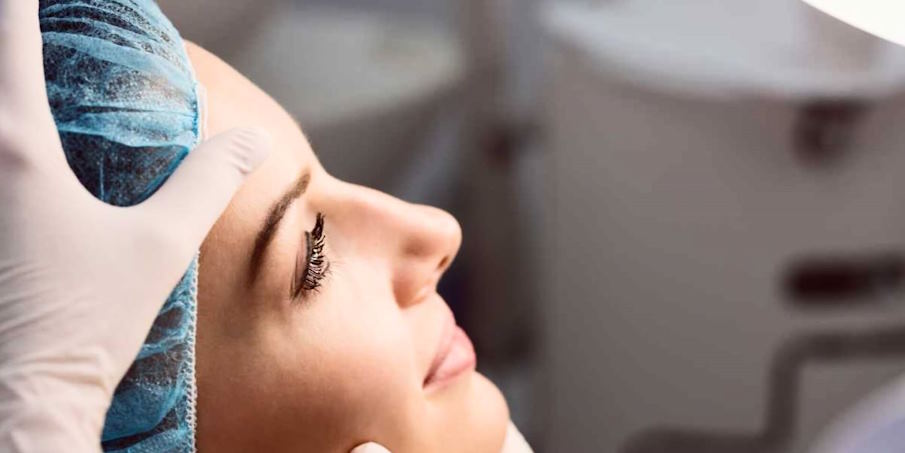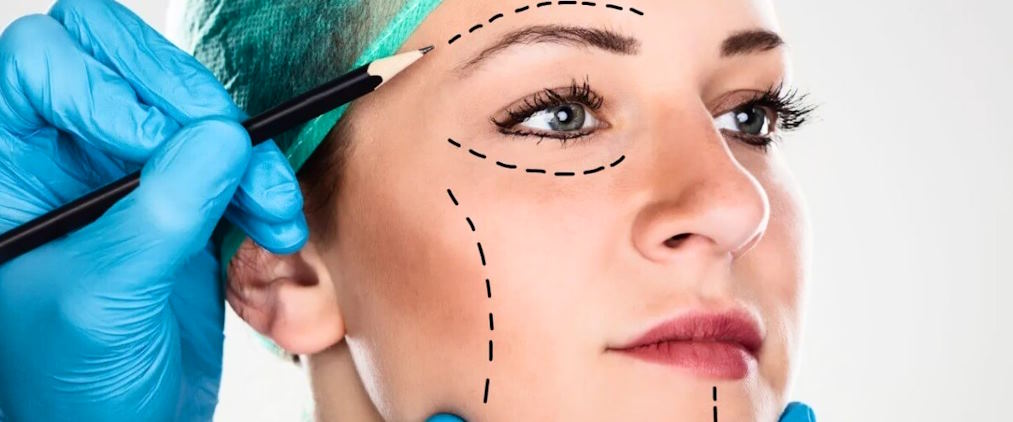
Safety is paramount in aesthetic medicine, where patients seek cosmetic enhancements to enhance their appearance and boost their confidence. To uphold high standards of safety, stringent measures and regulations are in place to govern the use of products and procedures.
Stringent Product Safety Standards
FDA Approval Processes
In the United States, the Food and Drug Administration (FDA) ensures the safety and efficacy of medical devices and cosmetic products used in aesthetic procedures. Before a product can be marketed and used for cosmetic purposes, it must undergo rigorous testing and evaluation through the FDA approval process. This process involves assessing the product’s safety, effectiveness, and potential patient risks.
FDA-approved products have undergone extensive clinical trials to demonstrate their safety and efficacy for specific cosmetic indications. By adhering to FDA regulations, practitioners can have confidence in the quality and reliability of their products, thereby minimizing the risk of adverse reactions and complications for their patients.
Global Regulatory Frameworks
Beyond the United States, many countries have established regulatory frameworks to oversee the safety of aesthetic products and procedures. These frameworks may vary in their specific requirements and approval processes, but they all aim to safeguard patient health and well-being.
International organizations, such as the European Medicines Agency (EMA) and the International Organization for Standardization (ISO), also play a role in setting product safety and quality standards. Through collaboration and adherence to global regulations, practitioners can ensure consistency and uniformity in safety measures across different regions.

Minimizing Risks and Complications
Importance of Skilled Practitioners
While stringent product safety standards are essential, the skill and expertise of the practitioner also play a crucial role in minimizing risks and complications associated with aesthetic procedures. Skilled practitioners undergo extensive training and education to develop proficiency in various techniques and safety protocols.
Practitioners who prioritize patient safety will conduct thorough assessments and consultations to evaluate the suitability of treatment options for each individual. They will also follow established guidelines for product administration and injection techniques to minimize the risk of adverse reactions, such as bruising, swelling, or infection.
Educating Patients on Safety Protocols
In addition to the responsibility of practitioners, patient education is key to promoting safety in aesthetic procedures. Patients should be fully informed about the potential risks and benefits of treatments and any pre- and post-procedure instructions to follow.
Educating patients on safety protocols helps them make informed decisions about their treatment options and reduces the likelihood of complications due to non-compliance or misunderstanding.
